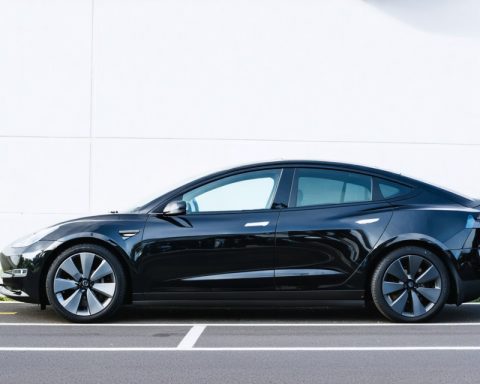The Pentagon’s Latest $11.7 Billion Move
The U.S. Department of Defense has inked a substantial $11.7 billion contract with Lockheed Martin for the 18th batch of F-35 Lightning II fighter jets, marking a significant advancement in military aviation. The initial funding for this project has already reached $7.4 billion, and the plan is to complete production by the end of June 2027.
F-35 Deliveries and Configurations
This extensive deal involves Lockheed Martin producing a total of 145 F-35 aircraft in various models. The U.S. Air Force will acquire 48 units of the F-35A, the Marine Corps will receive 16 units of the F-35B, and an additional 19 units of the F-35C, divided between the Marine Corps and Navy. Moreover, some F-35s will be delivered to program partners, but the specific recipients remain unnamed, while export customers anticipate receiving 46 jets under the Foreign Military Sales program.
Global Implications and Demand
This contract highlights the enduring global demand for the versatile F-35 platform, revered for its advanced capabilities. Over 1,080 F-35 jets have already been delivered globally, showcasing their effectiveness in both operational and combat settings. The aircraft collectively have logged over 957,000 flight hours, mainly on the battlefield, proving their strategic importance. The recent agreement ensures that the F-35 remains at the forefront of air combat technologies.
The Revolutionary Impact of the F-35: What’s New in Military Aviation?
The recent $11.7 billion contract between the U.S. Department of Defense and Lockheed Martin for the 18th production batch of F-35 Lightning II fighter jets marks not only an expansion in military inventory but also a pivotal development in military aviation technology and strategy. Below, we explore some new insights and innovations associated with this groundbreaking development.
Innovations and Features of the F-35
The F-35 Lightning II is renowned for its stealth capabilities, advanced sensor package, and agility. Each model—F-35A, F-35B, and F-35C—comes with distinct features catering to specific mission profiles:
– F-35A: Designed for conventional takeoff and landing, the F-35A features an internal cannon and is engineered for high-speed stealth missions.
– F-35B: This model boasts short takeoff/vertical landing (STOVL) capabilities, making it suitable for amphibious assault ships and environments with shorter runways.
– F-35C: Carrier-based, the F-35C is equipped with larger wings and reinforced landing gear suited for catapult launches and arrested recoveries aboard aircraft carriers.
Security Aspects and Defense Enhancements
Enhanced cybersecurity measures protect the F-35’s communication and navigation systems. The jet’s advanced software systems are regularly updated to counteract emerging threats, ensuring that the platforms remain secure against cyber vulnerabilities.
Demand and Market Trends
The continuous investment in F-35 production underlines a trend towards multirole platforms that provide versatility and adaptability in various combat situations. The increase to 1,080 delivered units worldwide signifies a broad acceptance and reliance on the F-35’s technology for future combat scenarios.
Global Market Analysis
With production set to include Foreign Military Sales, the F-35 continues to solidify its role in allied defense strategies. Countries within the consortium, which include NATO partners and other allied nations, see the F-35 as an essential addition to maintaining regional security and deterrence.
Predictions for Future Developments
Experts anticipate the future evolution of the F-35 program will see increased integration with unmanned aerial systems (UAS) to enhance operational capabilities. Further advancements in artificial intelligence and machine learning are expected to improve decision-making and operational efficiency.
For more details on Lockheed Martin and their cutting-edge technologies, visit the Lockheed Martin official site.
The collaboration between the Pentagon and Lockheed Martin signifies a commitment to driving forward the frontier of military aviation. As this project evolves, it continues to define the role of advanced fighter jets in modern defense strategies, underscoring the indispensable place of the F-35 in securing air superiority for years to come.







